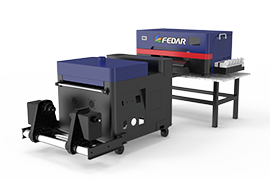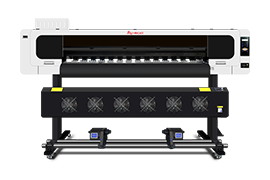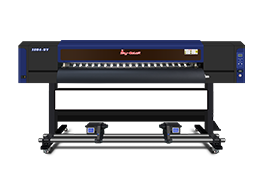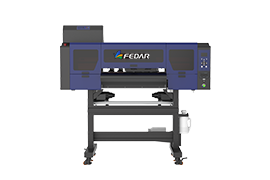Product Categories
- > Digital Textile Printer
-
- Fedar Sublimation Textile Printer
FEDAR FD61916E Sublimation Printer FEDAR FD1924 Sublimation Printer FEDAR FD1912S Sublimation Printer FEDAR FD61915E-A Sublimation Printer FEDAR FD5198E Sublimation Printer FEDAR FD51915E Sublimation Printer FEDAR FD53215E Sublimation Printer FEDAR FD61915E Sublimation Printer FD6198E 8 Heads Printer FD6194E 4 Heads Printer FD5194E 4 Heads Printer FD5328E 3.2m Printer FD5193E 3 Heads Printer Fedar TC Series Sublimation Printer(3heads,4heads,6heads)(Stop) FD5268E 2.6m Printer FD5223E 2.2m Printer (Stop) FD1900 2 Heads Printer AL193 3 Heads Printer (Stop) TC1932 2 Heads Printer (Stop)
- Fedar Direct Textile Printer
FDA3 DTF Printer FD70-5 DTF Printer FD70-3 DTF Printer (Stop) FD30 DTF Printer (Stop) FD60 DTF Printer FD70-4 DTF Printer FD65-2 DTF Printer (Stop) FD70-2 DTF Printer (Stop) TR 4180 (Stop) FD 680 DTG (Stop) FD1828 Belt cotton printer (Stop)
- Fedar Sublimation Textile Printer
Digital Textile Printing vs. Conventional Printing: Key Differences and Competitive Advantages
2025-05-231. Technological Differences
Digital Printing:
* Utilizes inkjet technology to deposit dye-based or pigment-based inks directly onto fabric.
* Operates via CMYK or extended gamut
* Requires no screens or plates, relying on computer-controlled printheads
.jpg)
Conventional Printing (Screen/Rotary):
* Employs mesh screens for each color layer, limiting design complexity.
* Involves engraving, emulsion coating, and washing steps, increasing lead time.
* Best suited for long runs due to high setup costs.
2. Advantages of Digital Printing
a) Cost Efficiency for Short Runs
Digital printing eliminates screen preparation costs, making it ideal for on-demand and small-batch production.
b) Design Flexibility
* Enables unlimited colors, gradients, and photorealistic prints without color separation constraints.
* Supports variable data printing (VDP) for customization.
c) Sustainability
* Reduces water usage by 60–70% compared to traditional methods (no washing screens).
* Lowers waste via precise ink deposition and minimal leftover dye.
d) Speed-to-Market
* Direct-to-fabric (DTF) or direct-to-garment (DTG) processes shorten production cycles from weeks to days.
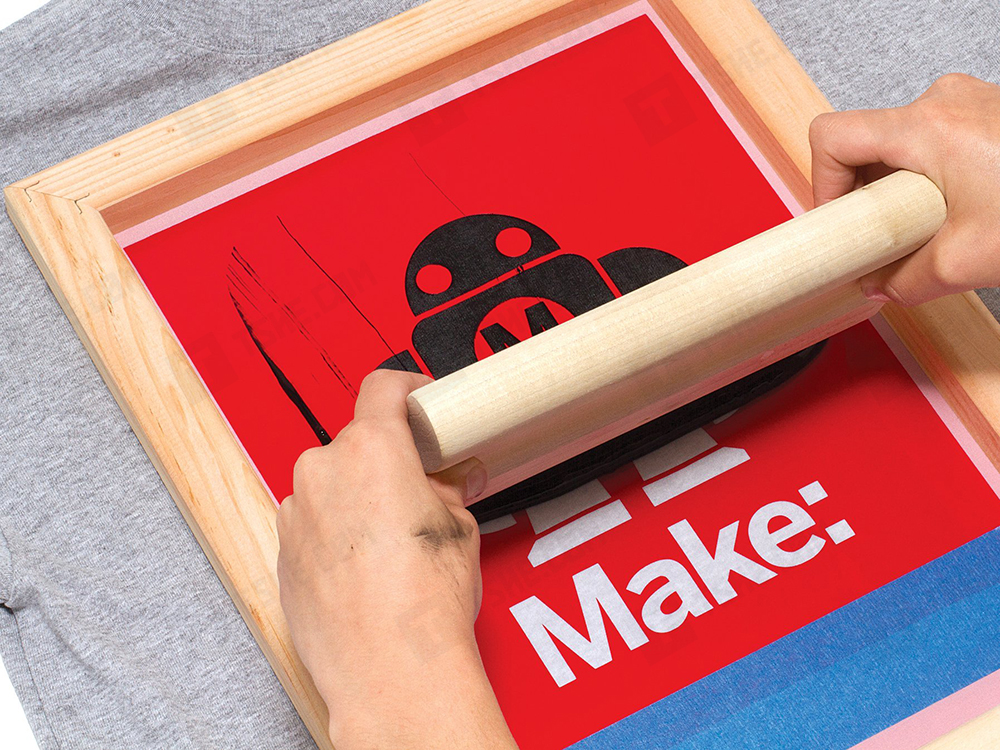
3. Challenges
While digital printing excels in agility, conventional methods remain cost-effective for bulk orders (>10,000 yards) due to economies of scale. Additionally, some high-performance fabrics still require traditional dye-sublimation for durability.
4. Industry Outlook
According to Smithers Pira, the digital textile printing market is projected to grow at 12.3% CAGR, reaching $7.9 billion by 2030, driven by demand for fast fashion and eco-friendly solutions.
Expert Quote:
“Digital printing is democratizing textile design, allowing brands to respond to trends in real time,” says Dr. Elena Rodriguez, a textile engineer at ITMA.


